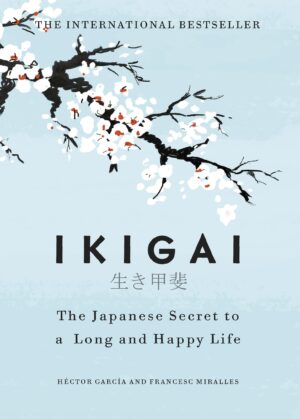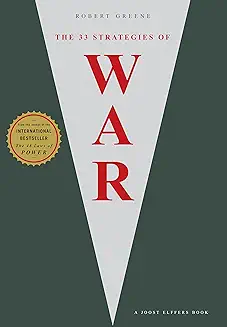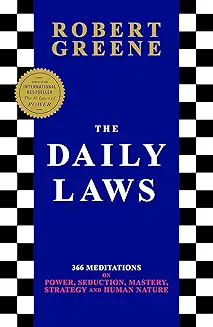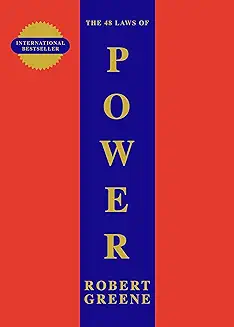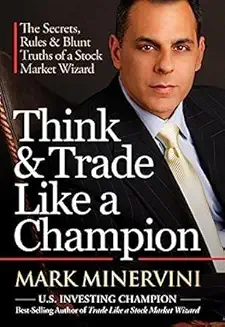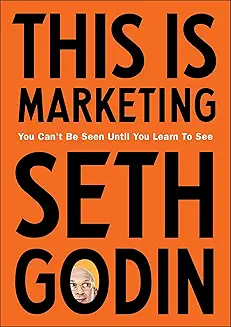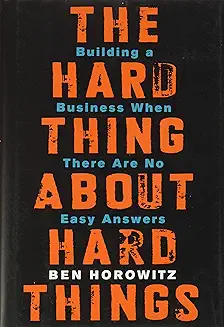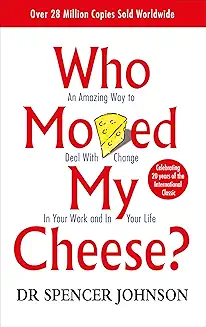Rich Dad Poor Dad by Robert Kiyosaki
Rich Dad Poor Dad by Robert Kiyosaki offers timeless lessons on achieving financial independence through smart money management and mindset shifts. Drawing on the contrasting philosophies of his “Rich Dad” and “Poor Dad,” Kiyosaki explains concepts like assets, liabilities, and passive income, emphasizing the importance of financial education. He advocates for building wealth through entrepreneurship, investing, and creating multiple income streams. With engaging anecdotes and actionable advice, the book inspires readers to rethink traditional beliefs about money and take control of their financial future. Accessible and practical, it’s a must-read for anyone seeking lasting financial success.
₹799.00 Original price was: ₹799.00.₹105.00Current price is: ₹105.00.
Free shipping
Order Above INR 799
COD Available
Xtra Charges Applicable
Pan India Delivery
Kashmir-> Kanyakumari
Easy Replacements
Conditions Applied
Expert Support
Visit Contact Us Page
Free shipping
Order Above INR 799
Rich Dad Poor Dad by Robert Kiyosaki is a groundbreaking personal finance book that challenges traditional beliefs about money, wealth, and success. Through a series of lessons learned from two influential figures in his life—his “rich dad” and his “poor dad”—Kiyosaki shares insights on how financial education and mindset shape one’s path to financial independence.
The “Poor Dad” represents Kiyosaki’s biological father, a highly educated but financially struggling government employee who valued formal education and job security. In contrast, the “Rich Dad” is his best friend’s father, a successful entrepreneur who believes in building wealth through investing, entrepreneurship, and financial literacy. The contrasting philosophies of these two men form the foundation of the book, offering readers a clear understanding of how traditional views on money often limit opportunities for financial growth.
A central theme of the book is the importance of financial education, which Kiyosaki argues is rarely taught in schools. He emphasizes that understanding concepts like assets, liabilities, cash flow, and passive income is crucial for achieving financial freedom. By breaking down these terms in simple, relatable ways, the book empowers readers to rethink their approach to money.
Kiyosaki introduces the concept of working smarter rather than harder. He explains that building wealth is not about earning a high salary but about managing money wisely and making investments that generate passive income. He highlights the importance of distinguishing between assets—things that put money in your pocket—and liabilities—things that take money out. This shift in perspective helps readers make informed decisions about their finances.
The book also stresses the value of entrepreneurship and taking calculated risks. Kiyosaki argues that reliance on a steady paycheck can limit financial opportunities and that pursuing business ventures, real estate investments, and other income-generating activities can create financial security. He encourages readers to overcome the fear of failure and adopt a mindset of continuous learning and growth.
Another key lesson is the significance of developing multiple streams of income. Kiyosaki illustrates how leveraging investments, businesses, and other opportunities can reduce dependency on a single source of income, providing greater stability and freedom. This approach aligns with his broader philosophy of financial independence through diversification and proactive wealth-building strategies.
Kiyosaki challenges readers to rethink their relationship with money by cultivating habits and mindsets that foster long-term wealth. For instance, he emphasizes budgeting, saving, and reinvesting income into assets that grow over time. He also underscores the importance of surrounding oneself with mentors, learning from failures, and continuously seeking knowledge in personal finance and business.
One of the book’s strengths is its storytelling approach. Through anecdotes and personal experiences, Kiyosaki illustrates complex financial concepts in an accessible and engaging way. This makes the book appealing to readers at all levels of financial literacy, from beginners to those with more advanced knowledge.
While the book’s advice has been praised for its practicality and inspiration, it also challenges conventional financial wisdom, sparking debate among readers and experts. Kiyosaki’s emphasis on taking control of one’s financial future resonates with anyone seeking to break free from traditional financial constraints and achieve lasting success.
Ultimately, Rich Dad Poor Dad is more than a book about money—it’s a guide to reshaping one’s financial mindset and creating a path toward independence and abundance. With its mix of storytelling, actionable advice, and timeless principles, it remains one of the most influential personal finance books of all time.


Related Books
Ikigai Journey by Héctor García
The Power of Your Subconscious Mind by Joseph Murphy
Yuval Noah Harari Combo: 3 Books
The 33 Strategies of War by Robert Greene
The Daily Laws by Robert Greene
The 48 Laws of Power by Robert Greene (Color Print)
Think and Trade Like a Champion by Mark Minervini
No Rules Rules by Reed Hastings
The Daily Stoic by Ryan Holiday
The Personal MBA by Josh Kaufman
This Is Marketing By Seth Godin
The Hard Thing About Hard Things by Ben Horowitz
Never Finished by David Goggins
Dopamine Detox by Thibaut Meurisse
Who Moved My Cheese by Dr. Spencer Johnson
Ignited Minds by APJ Abdul Kalam


Recently Viewed
Lorem ipsum dolor sit amet, consectetur adipiscing elit. Ut elit tellus, luctus nec ullamcorper mattis, pulvinar dapibus leo. Lorem ipsum dolor sit amet, consectetur adipiscing elit. Ut elit tellus, luctus nec ullamcorper mattis, pulvinar dapibus leo. Lorem ipsum dolor sit amet, consectetur adipiscing elit. Ut elit tellus, luctus nec ullamcorper mattis, pulvinar dapibus leo. Lorem ipsum dolor sit amet, consectetur adipiscing elit. Ut elit tellus, luctus nec ullamcorper matti.








